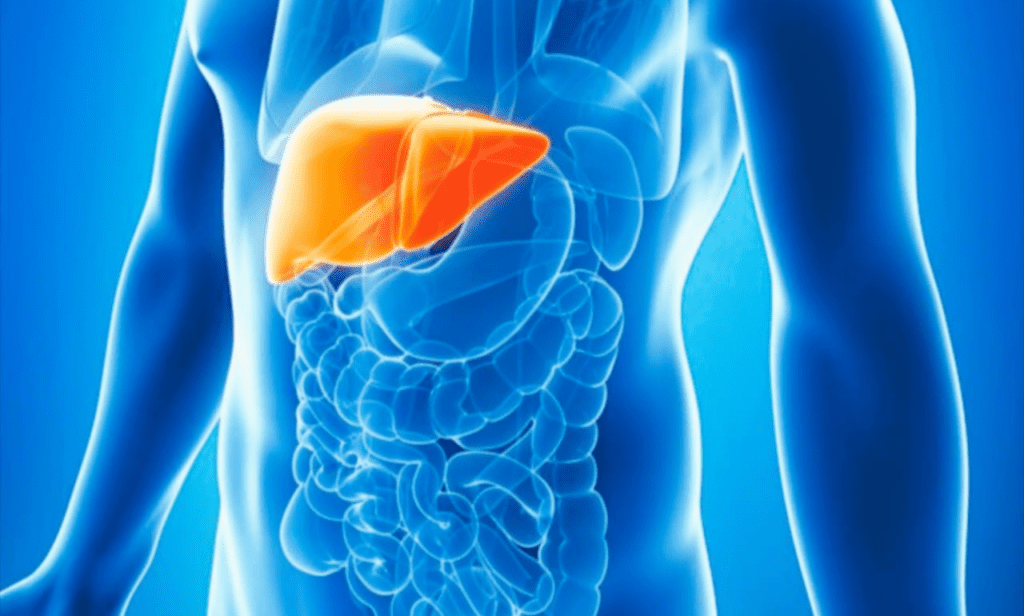
Liver cancer strikes hundreds of thousands globally each year, but what if most cases never had to happen? Groundbreaking research from The Lancet delivers a powerful revelation: addressing viral hepatitis and excessive alcohol use could prevent a staggering number of liver cancer diagnoses. This isn’t just theory—it’s a practical blueprint for saving lives. With liver cancer ranking as the third-leading cause of cancer deaths worldwide, these findings arrive at a critical moment. Researchers analyzed data from dozens of countries, concluding that simple, scalable interventions might prevent over 30% of liver cancer cases. That’s potentially hundreds of thousands of lives saved annually through vaccines, screenings, and smarter alcohol policies.
Viral hepatitis—specifically types B and C—remains a stealthy driver of liver cancer. Many carriers don’t experience symptoms until irreversible damage occurs. The hepatitis B virus alone contributes to over 50% of liver cancer cases in some regions, while hepatitis C adds another 20-30%. Both viruses trigger chronic inflammation, scarring the liver over the years and paving the way for cancerous mutations. Yet hepatitis B is vaccine-preventable, and hepatitis C is now curable with antiviral drugs. Dr. Meeta Singh, a hepatologist at Johns Hopkins, explains, “We have the tools to break this chain. Vaccinating newborns, screening high-risk adults, and treating infections early could slash liver cancer rates dramatically.” In Taiwan, universal hepatitis B vaccination reduced childhood liver cancer incidence by 90% within two decades—proof that prevention works when systems prioritize it.
Alcohol’s role in liver cancer is equally urgent. The Lancet study estimates that 20-35% of global liver cancer cases are linked directly to heavy drinking. When the liver metabolizes alcohol, it produces toxic byproducts like acetaldehyde, which damages DNA and promotes tumor growth. Crucially, risk escalates with quantity: Consuming just 50 grams of alcohol daily (roughly 3.5 drinks) increases liver cancer risk by 48%. Public policies significantly influence consumption. Countries like France and the UK saw alcohol-related liver diseases plummet after implementing taxes, advertising bans, and treatment access. “Alcohol isn’t just a personal choice; it’s a public health emergency demanding regulatory action,” asserts Dr. Helena Cortez-Pinto, a gastroenterologist and WHO advisor.
Why does liver cancer disproportionately affect low-income regions? Limited healthcare access exacerbates risks. In sub-Saharan Africa and parts of Asia, hepatitis B vaccination rates lag below 50%, and antiviral treatments remain scarce. Meanwhile, alcohol consumption surges globally, with sales rising fastest in developing economies. Dr. Anil Arora, lead author of India’s national liver disease guidelines, notes, “Village health workers can screen for hepatitis with rapid tests costing under $1. But without funding or training, these solutions stay out of reach.” Success stories exist, though. Egypt eliminated hepatitis C in 95% of treated patients through a massive testing and generic-drug campaign, proving that cost-effective models can work.
Individual action matters too. Vaccination against hepatitis B remains the cornerstone of prevention, safe for all ages, and 98% effective. Adults born before vaccines became routine should request blood tests to confirm immunity. For hepatitis C, early detection via screening is vital, especially for those with past blood transfusions, IV drug use, or unsterile medical procedures. Regarding alcohol, guidelines are clear: No “safe” threshold exists for cancer prevention, but limiting intake to 1-2 drinks per week significantly lowers risks. Nutrition also plays a role; obesity and diabetes fuel fatty liver disease, another cancer precursor. Eating antioxidant-rich foods (like berries and greens) and avoiding moldy grains (a source of aflatoxins) adds extra protection.
The Lancet study underscores that governments must treat liver cancer prevention as an economic imperative. Treating advanced liver cancer costs 5-10 times more than vaccinating entire communities or subsidizing antivirals. Chile’s alcohol warning labels and India’s hepatitis B integration into universal immunization show that policy shifts are feasible. “This isn’t just medicine; it’s social justice,” argues Dr. Geoffrey Dusheiko, a Lancet contributor. “Redirecting even 5% of cancer treatment funds toward prevention could yield transformative returns.” With liver cancer projected to rise by 55% by 2040, the time for decisive action is now, not with complex technology, but with tools already in our hands.
